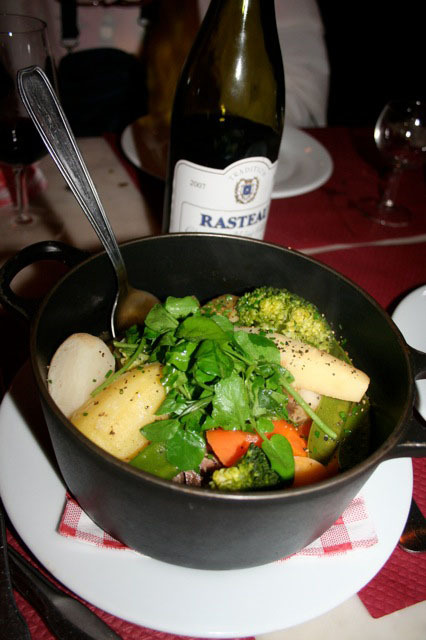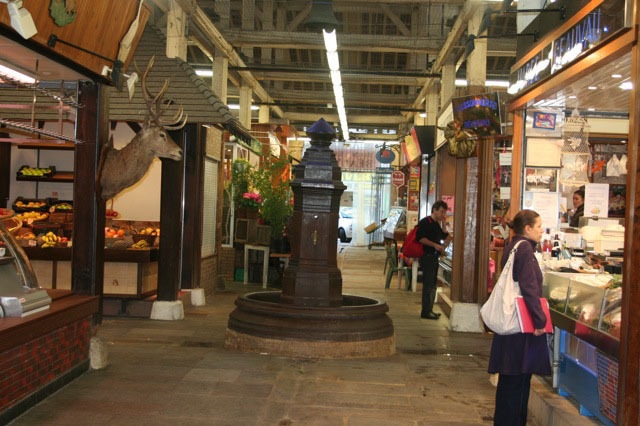Have Fork, Will Travel: A Duke City Food Critic In Paris
A Duke City Food Critic In The Land Of Milk And Butter



Chalk boards set in front of cafés and bistros announce the day’s menu.
Ari LeVaux

Pot-au-feu, a classic French stew, is the culinary cousin of Vietnamese pho.
Ari LeVaux

A Parisian market
Ari LeVaux








